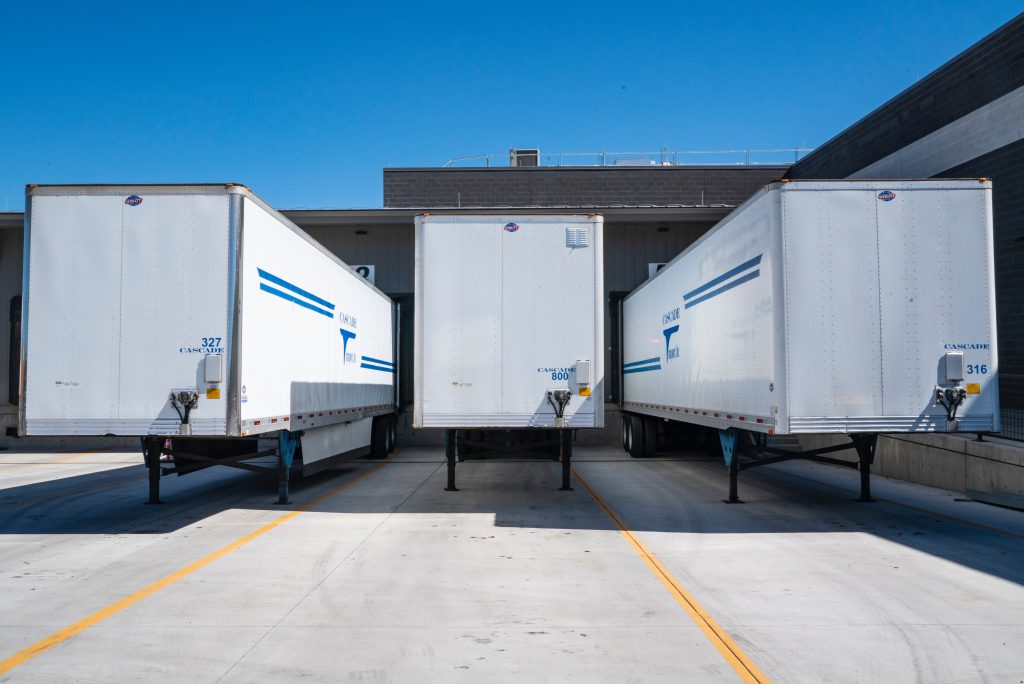If you’re just beginning your journey into learning what it takes to have an import/export business, start by getting a handle on this one thing: importing is not just something to take on easily and hack your way through it. Competition is stiff — no matter the kind of imports you’re focusing on.
This quote from Entrepreneur.com puts it well: “Everything from beverages to commodes–and a staggering list of other products you might never imagine as global merchandise– are fair game for the savvy trader. And these products are bought, sold, represented, and distributed somewhere in the world on a daily basis.”
That being said, you don’t necessarily need to let the competitive landscape of this industry turn you off completely. There is indeed money to be made here, if you approach with caution. The large conglomerate corporate traders of the industry only makes up 4% of all exporters, leaving plenty of space for other kinds of exporters like you (96% of the market to be exact!).

So, what is an import/export business exactly?
Importing refers to bringing in commercial goods from one country to another. Alternatively, exporting refers to commercial goods being produced for sale in other countries. So we need to think about the side of the transaction that your business is on.
As you may have gathered, there certainly isn’t just one type of importing/exporting business. As a start, you should focus on one slice of the transaction.
Below, we’ll outline the key steps for executing once you’ve decided what kind of commercial goods you’d like to focus on:
1. Get your documents in order
This includes documents like a commercial invoice, your bill of lading (BOL), Other Government Departments (OGD) documents, and arrival arrival notice. We recently put out a blog where we covered the key steps to clearing customs. You’ll get a clear breakdown of the documents required here.
2. Determine if you need a specific licence or permit
Many items can’t be imported without a specific permit or additional documents on top of what is usually required. Commodity/goods specific and OGD requirements hinge on the other departments standards around things like safety, health, etc. Here is a list of commercial goods that may require additional administrative legwork.
3. Pay your dues (also known as tariffs, fees, and duties!)
You may have already guessed that the duty rates are based on what the commercial goods you are shipping into the US actually are. These fees are paid to our friends at US Customs and Border Protection (CBP). The good news is that your customs broker is able to pay any kinds of fees on your behalf.
4. Make things easy for CBP
All of these tips can be summarized simply: make it easy for CBP to identify the goods, classify them easily, determine any fees, and send you along your way. What does that entail? Clear details of the value of goods, Country of Origin, quantities, etc.
You will be hard-pressed to find a guide for this kind of business that is basic and has simple 1-2-3 steps to success. The world of importing and exporting is a fascinating system that depends heavily on global market trends and economic factors.
Don’t let the scale of the task scare you away from starting your business. There is a place for you to profit here! As long as the goods you’re moving aren’t restricted or prohibited any way, you’ll surely clear customs with ease.
If you love a challenge and want to try something new, drop us a line and we’ll help you through the process.






